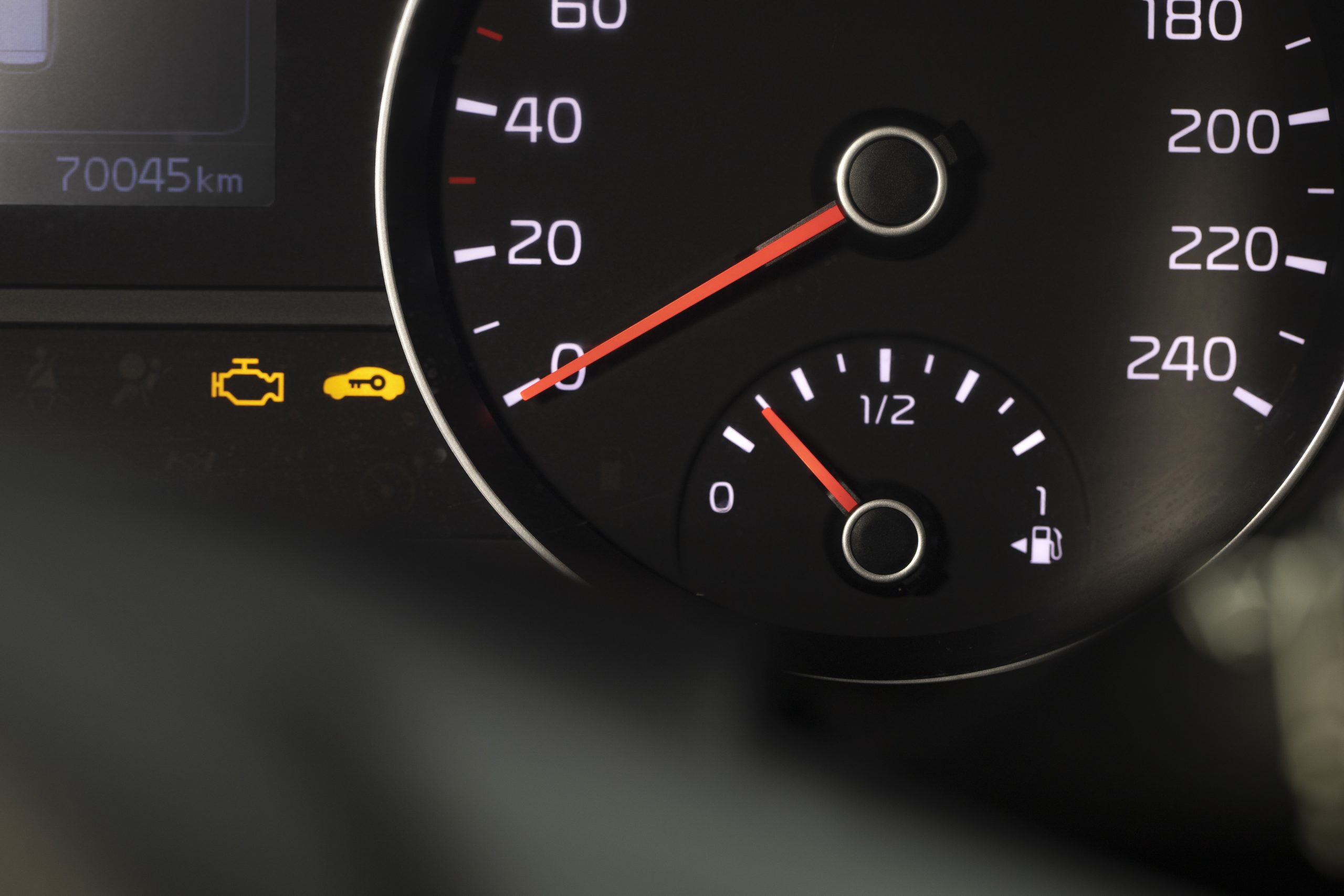
You’re cruising down the road, your favorite song is on, and suddenly, there it is. That little amber “Check Engine” light flickers to life on your dashboard. It’s small, it’s vague, and it’s easy to ignore, especially if your car seems to be running fine. But that light isn’t there for decoration. It’s your car’s way of telling you something isn’t quite right and ignoring it could lead to expensive or even dangerous problems later on.
At Wallace Automotive in Richmond, we see this scenario all the time. Many car owners put off having their check engine light diagnosed because they hope it’s just a minor glitch. The truth is, sometimes it is—but other times, it’s the first warning of a serious issue. Understanding what the light means and taking quick action can save you money, time, and stress.
Let’s take a closer look at why that little light matters and what you should do when it appears.
The check engine light is part of your vehicle’s onboard diagnostic system (often called OBD-II). It constantly monitors your car’s major systems—engine, emissions, fuel, and transmission—to ensure everything is operating as it should. When something goes out of range, the system triggers the light and stores a “trouble code” that identifies where the problem might be.
These trouble codes can range from minor to major. For example:
Without proper engine diagnostics, there’s no way to know which of these is causing the light to come on. That’s why bringing your vehicle to Wallace Automotive is the best move you can make when that light appears.
There are many possible triggers for a check engine light, but here are some of the most common ones we see in our Richmond shops:
Whether it’s a small issue or something more serious, a quick engine diagnostics service can pinpoint the cause and prevent further damage.
You might be tempted to drive around for days—or even weeks—with your check engine light on, especially if the car feels fine. But here’s why that’s a risky move:
At Wallace Automotive, we’ve seen firsthand how fast a simple issue can spiral. The good news? With our state-of-the-art diagnostic equipment and experienced technicians, most problems can be identified and corrected before they cause serious damage.
When you bring your vehicle in for engine diagnostics, our technicians connect a diagnostic scanner to your car’s OBD-II port. This device reads the error codes stored in your system and helps us determine what’s causing the light to turn on. But the process doesn’t stop there.
While some shops might stop at reading the code, our team takes the time to interpret the results accurately. A code may point to a specific system, but it doesn’t always mean that part has failed. For example, an oxygen sensor code might be the result of a deeper issue, such as a vacuum leak or fuel system imbalance. Our technicians combine experience, precision testing, and factory-recommended procedures to get to the real root of the problem.
This approach not only ensures that the right repair is made; it prevents you from spending money on unnecessary parts or services.
Not all check engine light situations are created equal. There’s a big difference between a steady light and a flashing one. Here’s what you should know:
Even if the light goes off on its own, the underlying issue might still exist. That’s why professional diagnostics are always worth the visit.
![]()
At Wallace Automotive, we understand that a check engine light can make any driver nervous. That’s why we focus on clear communication, accurate diagnostics, and honest service. From the moment you arrive, our goal is to ease your worries and get your vehicle running like new again.
Whether your check engine light is a minor inconvenience or a sign of a bigger problem, we’ll handle it with care and precision. With two convenient locations in Richmond—Southside and West End—you’re never far from expert help.
That glowing dashboard light doesn’t have to ruin your day. Treat it as a helpful reminder that your vehicle needs attention. Addressing the issue early keeps your car safe, efficient, and dependable.
If your check engine light is on, don’t wait for the problem to worsen. Bring your car to Wallace Automotive today for expert engine diagnostics and dependable repairs. Book your appointment online or visit one of our Richmond locations to experience the honest, award-winning service that’s made us the city’s most trusted name in auto care.
Comments are closed